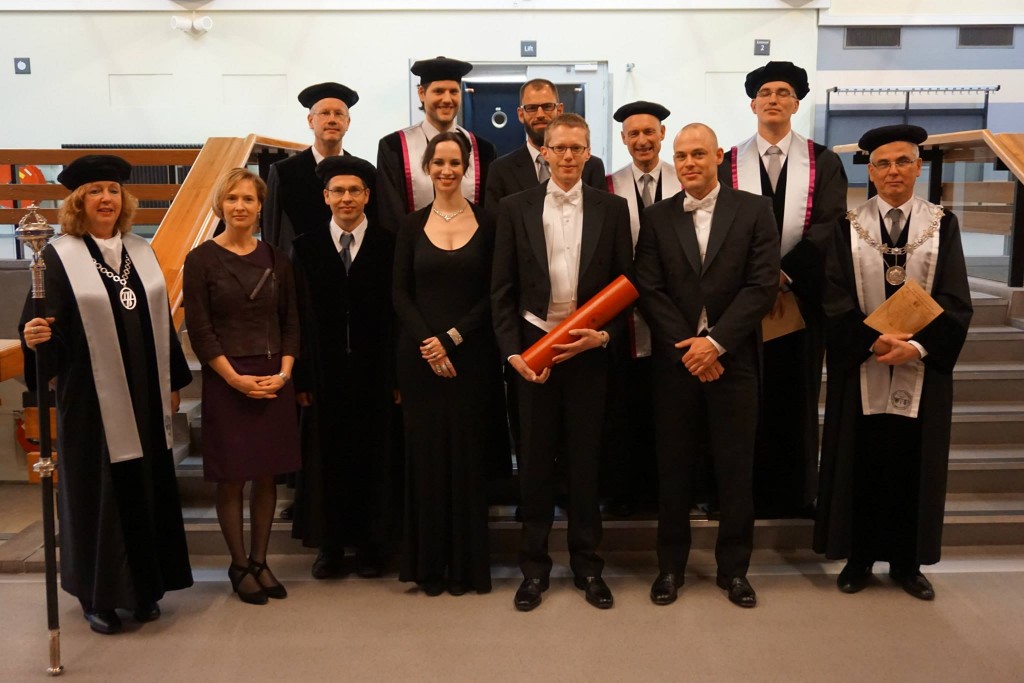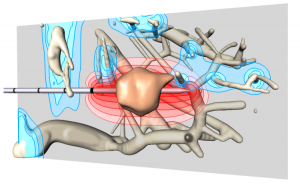The visualization research group at the Department of Informatics of the University of Bergen, Norway (UiB), is seeking motivated and capable new PhD students who wish to pursue cutting-edge visualization research in a stimulating and dynamic international environment. Currently there are vacancies for a PhD fellowship in the MetaVis project led by Prof. Stefan Bruckner and funded by the Research Council of Norway. The project aims to study the space of visualizations itself and how it can be efficiently and effectively navigated. The goal is to develop interactive visual methods to enable users in choosing appropriate visualization techniques for particular types of data and tasks. The topic for the thesis can be chosen within this broad range to suit the strengths and interests of the PhD candidate.

Again, I can tell you firsthand now, that this is a really awesome place to work with a lot of awesome people :)! Stefan Bruckner is well known in the field of medical visualization and an excellent supervisor, making this is a truly amazing opportunity. More information on the PhD job openings is available from the leaflet here and job openings page. The application deadline is the 18th of June 2017, so no not delay and prepare your application! You can apply directly via the Jobbnorge announcement here.



